Confidence Africa Tours and Travel is a legally recognized tour operator. We have unparalleled knowledge of the key locations in the region and are experts in creating custom safaris in East Africa. Our distinctiveness comes from our enthusiasm and knowledge of the area. We belong to the Uganda Society of Travel as professionals.


Trip of a life time Jan 2018 Couples
I have just finished an 8 day trip through Uganda with Confidence which was amazing. Confidence is a safe driver with excellent bird and wildlife knowledge. He is well organised with excellent english communication skills. I wouldn't hesitate to recommend Confidence to take you through Uganda.

Travel to Rwanda with Confidence Jun 2017 Solo
I am a solo female who travelled to Rwanda last June for 2 weeks. Rwanda is a beautiful, safe and friendly country and my trip was amazing. Special thanks to Confidence, my driver and guide. He was punctual, patient and an excellent driver. Also, respectful, professional, easygoing, warm with excellent birding knowledge. Travelling with an African native makes contact with others easier as he knows how to approach and communicate with everyone. You also get to visit or eat in places you might not step foot into if on your own which makes the whole experience more authentic. Happy Travels with Confidence!

A trip to remember with lots of remembrances. Was nice to travel with you Sophie and always nice to hear from you from watsap chat. Always waiting to travel with you again. Welcome to Confidence Africa Tours.
Dear Confidence Thank You for guiding us through Uganda and we enjoyed your imitation of the animal (we especially liked the hyppo) We will miss your car in combination with the bumpy. But beautiful roads: we wish you all the best! Love ad. Jan .
Munywani? Yebare Munonga Sebo Everything was very Good Kare kare
Dear Confidence. Thanks very much for being our guide for this trip It was amazing, thanks for showing your beautiful country all these birds and the other big Five! You are the best We wish you the best, well hope your plans for the future do week out good maybe one time we`ll come back then we maybe one time we`ll come back then we give you a call and maybe friends from Holland will visit Uganda, we`ll give you r contact information We brought this card from Holland, it`s a tipical Duch landscape also we brought "stroopwafels" These tippicaly Duch carmel syrup codaes are really nice! (They look a little brused they were in our bags Thanks again we won`t forget you.
Sandra & Dominik traveled with Confidence through Uganda in January and they wrote a very nice review about their journey on Safari bookings. We love how they raved about their guide and are happy to read how traveling with a passionate and professional guide makes a difference. "With Confidence Matsiko, we had an excellent guide on our side during our whole trip. He is an excellent safe driver, always friendly, polite and in good mood. Also he's an expert about his country's nature and animals and made sure we spotted as many beasts and birds as possible during our safaris. We really enjoyed our time with Confidence, he was not only very helpful and well organised, making sure we had a great holiday, but also super nice and interested in his clients, happy to chat, share ideas or answer questions and thus making the sometimes long journeys very enjoyable. Confidence Matsiko is truly a gem, a very experienced, knowledgeable, reliable and pleasant guide - we strongly recommend him to anyone planning a trip to Uganda." If you`ve traveled with Confidence Tours Africa before, let us know about your favorite guide in a comment to appreciate the amazing work they do!

Confidence Matsiko is the founder of Confidence Africa Tours & Travel Limited. It was established in 2015 as a Tour & Travel Company specializing in Wildlife tours, cultural tours, and birding tours. The company serves shoestring, budget, midrange, and luxury tourists worldwide.
I am a qualified Tour Operator in East Africa Safari. I have training in tour and travel management, tourism business operations, and safari guiding among others. I speak seven (7) languages. I have rich experience and knowledge after having worked for a number of Tour and Travel Companies since 2007. I have a love and passion for African cultures and wildlife.


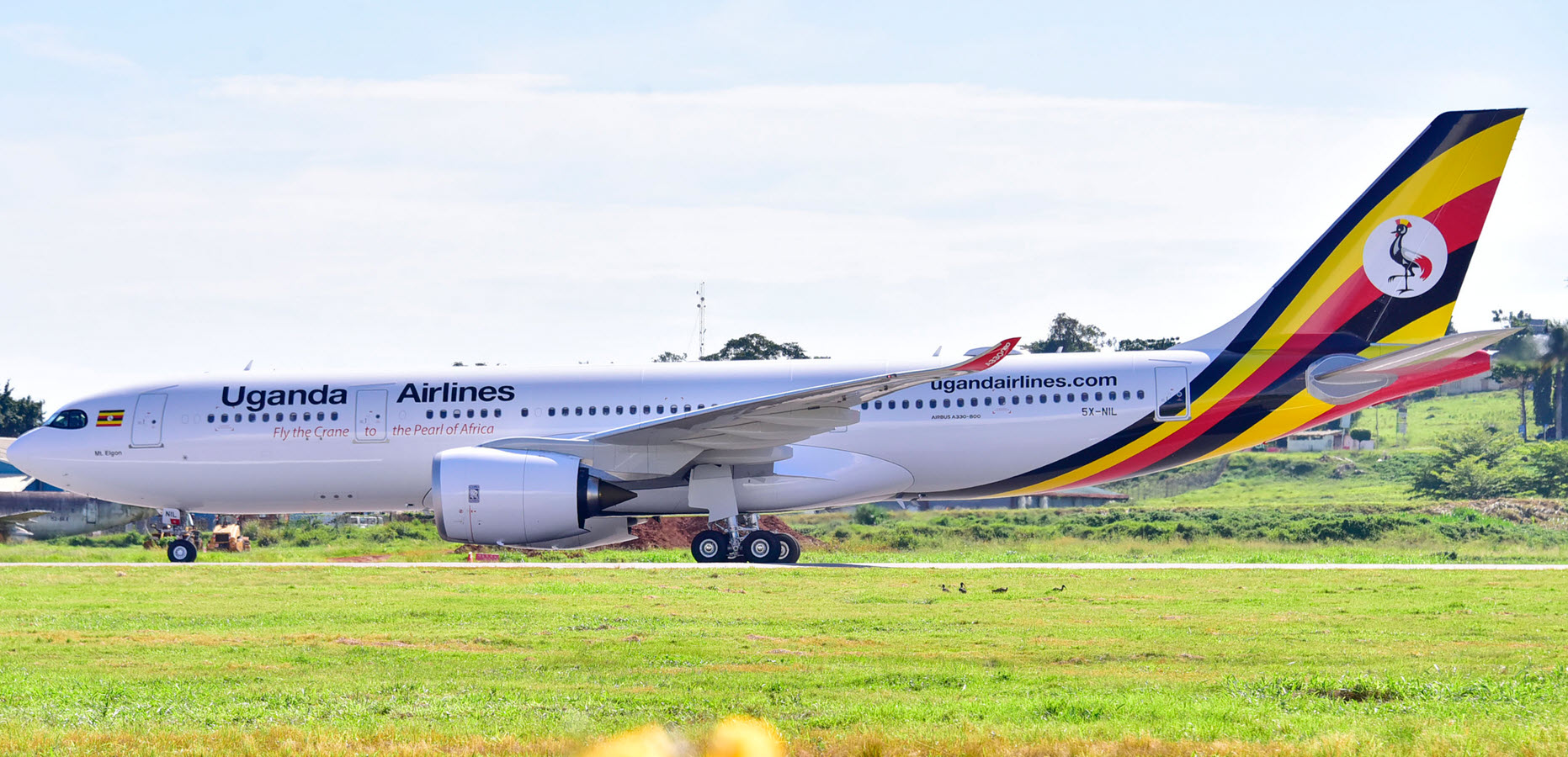
Responsible travel is something we deeply care about. We are taking steps to ensure your travel with us has a positive impact on the environment, conservation and community projects.
We are available 24/7. Confidence Africa Tours trained, professional staff are by your side in case of any emergencies, big or small. We’ve got your back. Simply get in touch with us and your dream will come true.
Confidence Africa Tours dedicated travel consultants are experts at preparing personalized itineraries and tailor-made holiday tours in East Afric for solo, couple, group, & family.
Confidence Africa Tours and safari guides are instrumental in ensuring our travelers have an unforgettable experience in East Africa Safari tours. We only use the best and our clients love them.
One of the largest and fastest-growing industries in the world is the travel and tourism sector. We continue to observe the continuous interest of many people who prefer to travel in their spare time. Travel and tourism-related businesses, such as travel agencies and tour operators, now have a huge chance to meet the demands of this growing demand.
We have produced this thorough introduction blog on the travel and tourism sector in an effort to assist those who desire to get into the travel industry. We frequently share resources for those working in the travel business. Do visit our blog area frequently to read articles with lots of information. Let's start now.
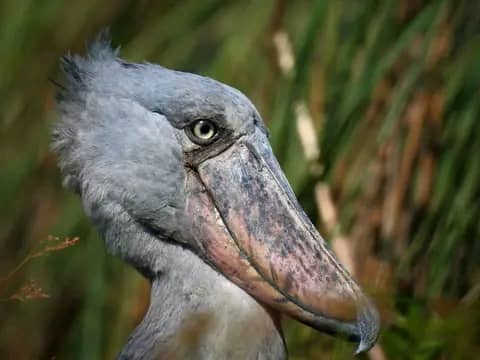
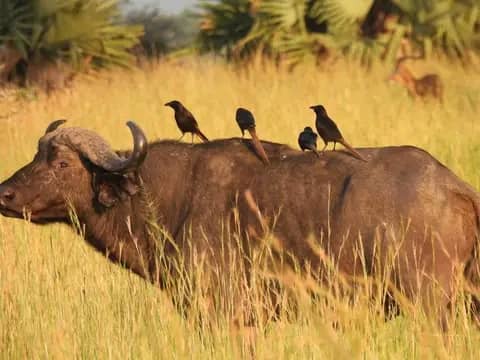

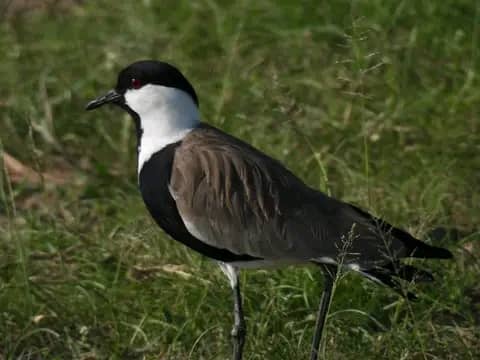

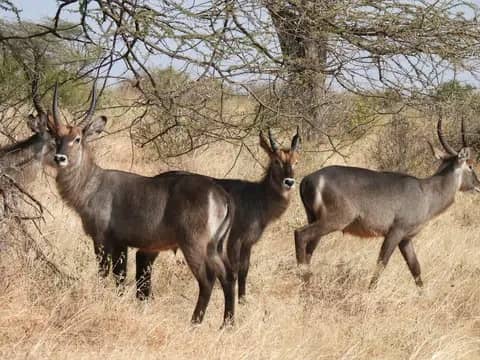
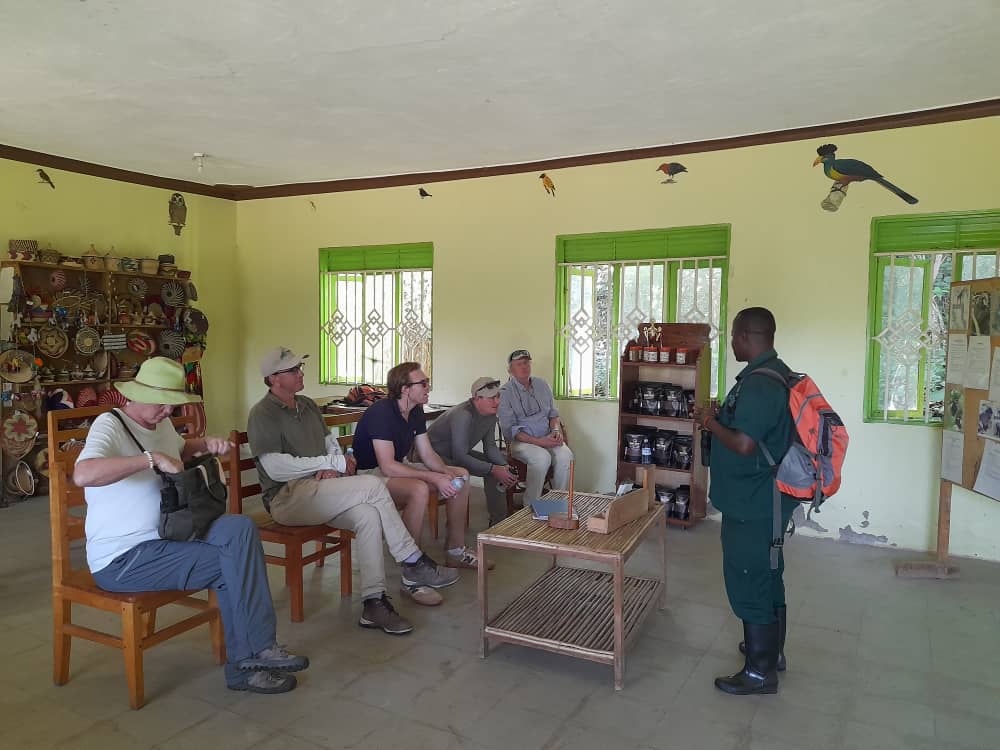
Uganda, famously known as the Pearl of Africa, has so much to offer wanderlust travelers. Allow Confidence Africa Tours the best tour operator in East Africa safaris, to introduce you to our iconic wildlife tours to Uganda, unforgettable gorilla tours to Rwanda, breathtaking nature, tribal traditions in Uganda tours, thrilling adventure in mountain climbing, and fascinating culture. Our ethos ensures you have a fantastic time while ensuring your visit positively impacts our country and its people. If you are not sure what to expect from Uganda as a travel destination, we’ve created many resources that will help you explore the type of holiday you can have for the best East Africa tour experience.




